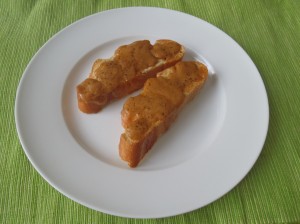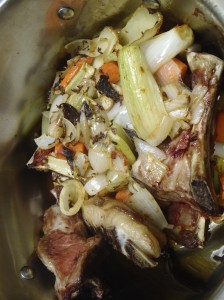A Primer, for the Uninitiated
What is Lent?
Lent is the Christian season of repentance and self-denial preceding Easter. It is commonly said to represent the forty days and nights that Jesus spent fasting in the desert. Until the 1960s, the Catholic Church had strict laws about what food could be eaten during Lent: all animal products, whether meat, eggs, butter, or cream, were forbidden.
Historically, this “meatless fast” was observed not only during Lent, but on every Friday of the year, as well as certain solemn holidays like Ash Wednesday. This played an important role in European history. It was a major point of contention between Rome (where olive oil was common) and northern Europe (where animal fats like … Continue reading.




